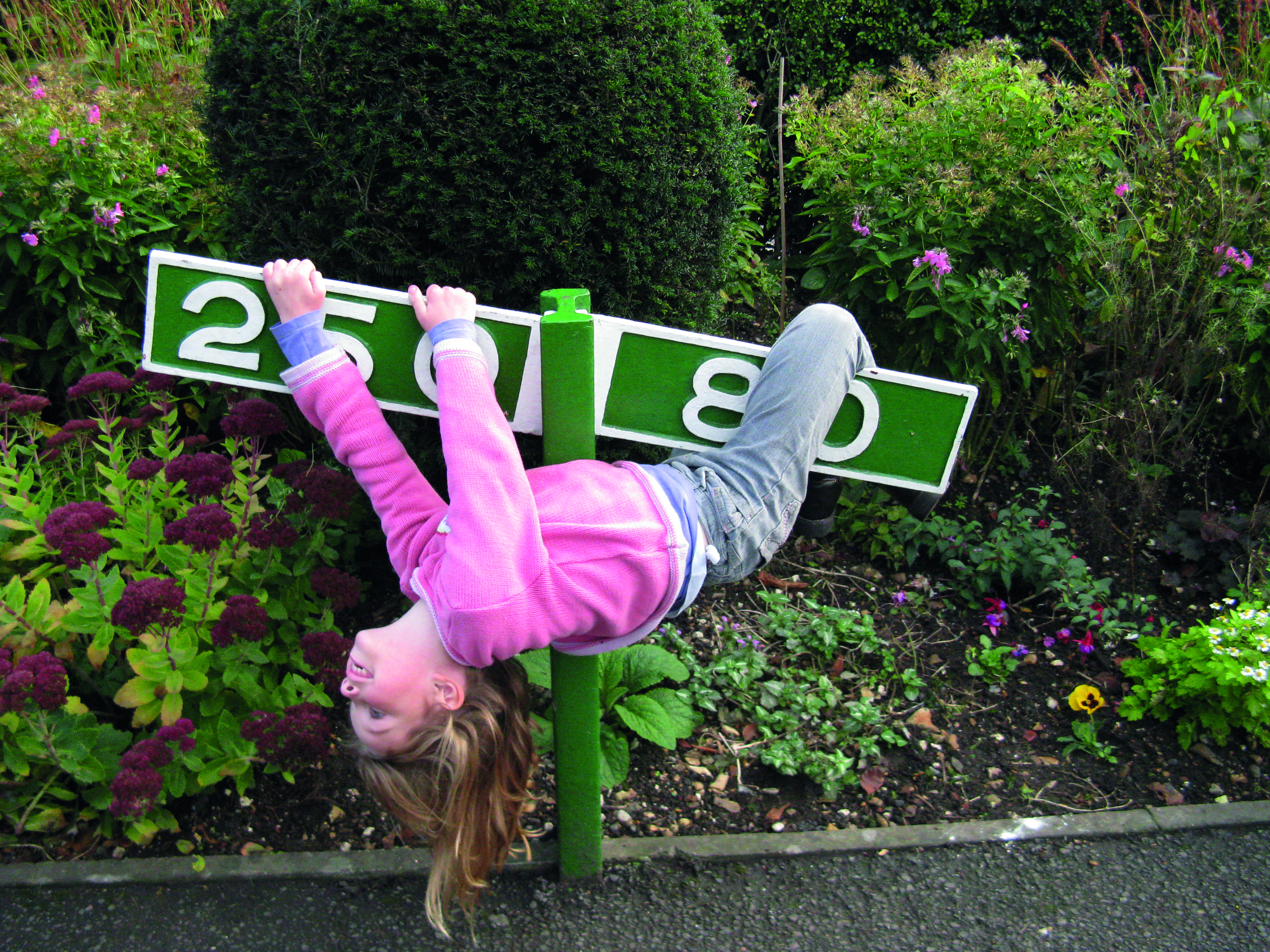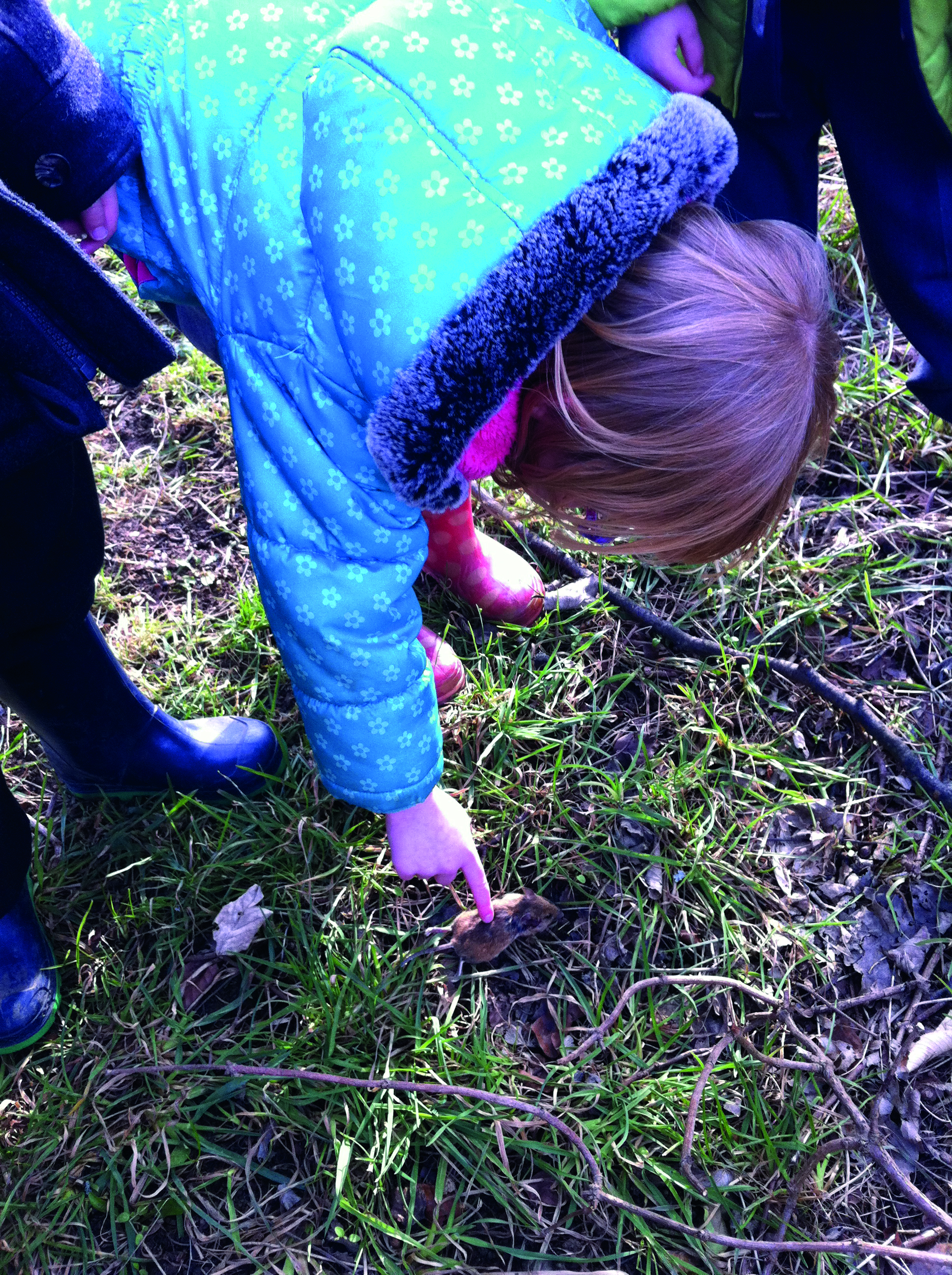
Activity
IN A TIGHT SPOT
 Small outdoor spaces present particular issues when it comes to promoting vigorous physical activity. When visiting settings, I often notice that it is upper body strength that loses out if there is no space for permanent climbing equipment. Here are a few solutions:
Small outdoor spaces present particular issues when it comes to promoting vigorous physical activity. When visiting settings, I often notice that it is upper body strength that loses out if there is no space for permanent climbing equipment. Here are a few solutions:
Understanding the world
INTRODUCING THE FOOD CHAIN AND PREDATORS
 April is the month when spring really gets going and you’ll no doubt have tried-and-tested activities to aid children’s understanding of the changes they can observe in the natural world: leaves emerging and blossom bursting out; shouty birds calling for mates; scudding clouds and bright blue skies.
April is the month when spring really gets going and you’ll no doubt have tried-and-tested activities to aid children’s understanding of the changes they can observe in the natural world: leaves emerging and blossom bursting out; shouty birds calling for mates; scudding clouds and bright blue skies.
Register now to continue reading
Thank you for visiting Nursery World and making use of our archive of more than 35,000 expert features, subject guides, case studies and policy updates. Why not register today and enjoy the following great benefits:
What's included
-
Free access to 4 subscriber-only articles per month
-
Unlimited access to news and opinion
-
Email newsletter providing activity ideas, best practice and breaking news
Already have an account? Sign in here









